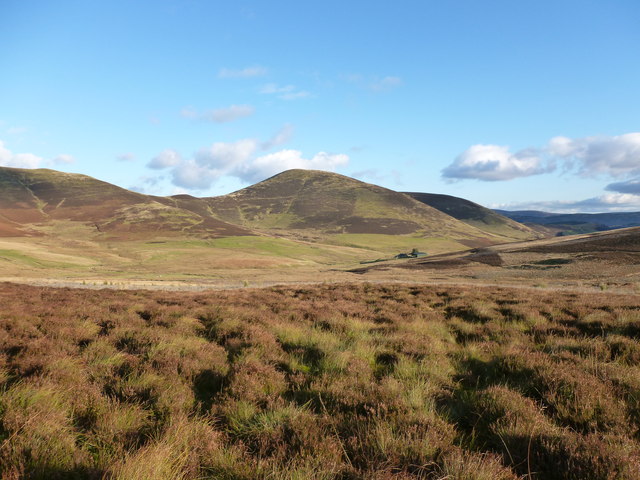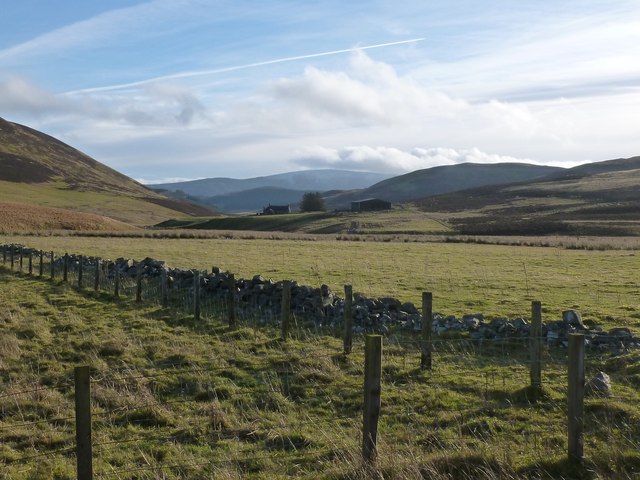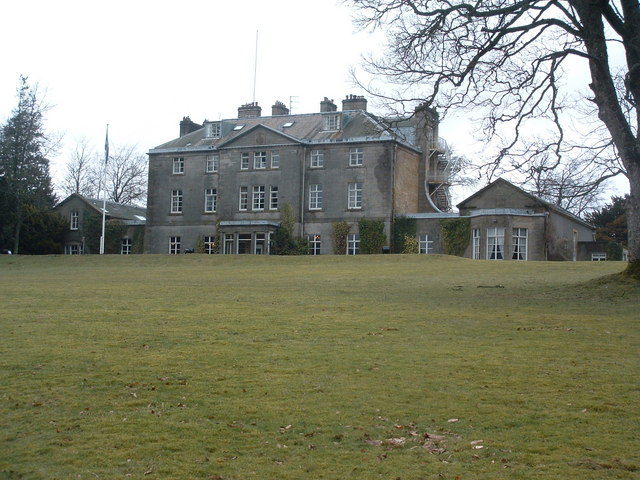Flint Hill
Hill, Mountain in Peeblesshire
Scotland
Flint Hill
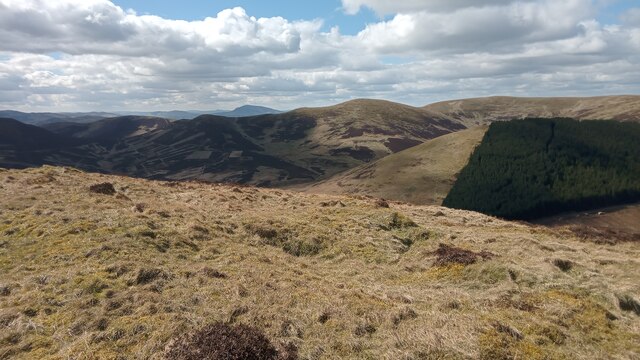
Flint Hill is a prominent hill located in Peeblesshire, Scotland. Situated approximately 3 miles southwest of the town of Innerleithen, it forms part of the stunning landscape of the Scottish Borders region. Rising to an elevation of 383 meters (1256 feet), Flint Hill offers captivating panoramic views of the surrounding countryside.
The hill is known for its distinctive geological features, particularly the presence of flint, which gives it its name. Flint is a hard, sedimentary rock composed of microcrystalline quartz, and its occurrence on the hill has been of great interest to geologists and rock enthusiasts. The flint deposits can be observed in various forms, from small nodules to larger outcrops, providing a fascinating insight into the area's geological history.
Flint Hill is a popular destination for outdoor enthusiasts, hikers, and nature lovers. It boasts a network of well-maintained trails, making it accessible to visitors of all abilities. The paths meander through picturesque woodlands, across open moorland, and up to the summit, rewarding climbers with breathtaking vistas across the rolling hills and valleys below.
In addition to its natural beauty, Flint Hill also holds historical significance. Nearby archaeological sites and ancient ruins indicate human activity in the area dating back thousands of years. These remnants of the past add an intriguing layer of intrigue to the hill, capturing the imagination of those interested in Scotland's rich heritage.
Overall, Flint Hill is a captivating destination offering a blend of natural beauty, geological intrigue, and historical significance. Whether one seeks a challenging hike, a peaceful retreat in nature, or an opportunity to explore Scotland's past, Flint Hill provides a memorable experience for all who visit.
If you have any feedback on the listing, please let us know in the comments section below.
Flint Hill Images
Images are sourced within 2km of 55.653191/-3.371276 or Grid Reference NT1340. Thanks to Geograph Open Source API. All images are credited.

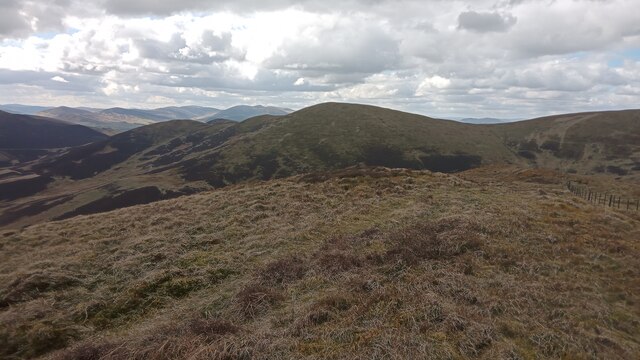

Flint Hill is located at Grid Ref: NT1340 (Lat: 55.653191, Lng: -3.371276)
Unitary Authority: The Scottish Borders
Police Authority: The Lothians and Scottish Borders
What 3 Words
///impresses.scowls.hops. Near Biggar, South Lanarkshire
Nearby Locations
Related Wikis
Tarth Water
The Tarth Water is a river in Peebleshire, in the Scottish Borders. It forms part of the River Tweed system. The river with a total length of 7.1 miles...
Castle Craig Hospital
Castle Craig Hospital is a private residential drug and alcohol rehabilitation clinic. It is located in Peeblesshire, Scotland. Castle Craig is an 18th...
Drochil Castle
Drochil Castle is a ruined castle in the Scottish Borders. It is located above the Lyne Water, 10 kilometres (6.2 mi) north-west of Peebles, and 8 kilometres...
Kirkurd
Kirkurd is a parish in Peeblesshire in the Scottish Borders situated 3 miles south-east of Dolphinton and 6 miles north-east of Broughton. Tarth Water...
Nearby Amenities
Located within 500m of 55.653191,-3.371276Have you been to Flint Hill?
Leave your review of Flint Hill below (or comments, questions and feedback).











